How did Huawei's "unbreakable" Kunlun glass perform in a concrete drop test?
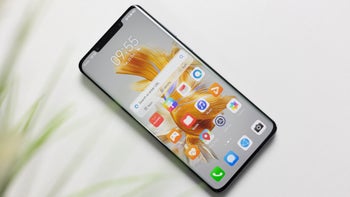
Last year, when Huawei released its new flagship Mate 50 Pro flagship phone, some models came with some new features one of which was Kunlun glass. Developed by Huawei over a four-year period, the "unbreakable" Kunlun glass is created using a special process that includes 108 different procedures including 24 hours of crystal growth and a melting process that takes place at a sizzling hot 1600 degrees. Thanks to billions of high-strength nanocrystals, Kunlun glass reportedly handles an impact 10 times better than any other smartphone glass.
PBK Reviews put the orange Huawei Mate 50 through a drop test to see how the Kunlun glass holds up after getting dropped on concrete from various heights. Kunlun glass is the first smartphone glass to receive a five-star review from Switzerland's SGS which is a testing, inspection, and certification company. Reportedly, only the orange-colored Mate 50 units have the Kunlun glass onboard. These models also have IP68 dust and water resistance that allows the phone to be submerged in freshwater as deep as 19.7 feet for up to 30 minutes.
A concrete drop test shows how strong Huawei's Kunlun glass really is
The first drop was from waist high and was targeted to land on the phone's 6.74-inch AMOLED display. The side of the screen showed some scrapes as did the corners of the frame. Other than that, the glass held up very well.


The second drop was from head high, screen side down, onto the concrete. Luckily for the phone, the device twisted before it hit the ground and the glass never touched the concrete and the phone landed on its backside. So there was no damage to the glass after that drop but we certainly couldn't chalk it up to the strength of the Kunlun glass. So another attempt was made to drop the Mate 50 Pro on the screen from head high. On this attempt, the glass did kiss the concrete but there was no damage to the display.
So far, the sides of the device were scraped up but the glass looked pristine. The fourth and final drop was a waist-high fall on the phone's back. This resulted in a couple of small scrapes and the first crack on the front glass which started from a point where the frame had been bent after a previous drop. This was a hairline crack that could not be felt when running a finger over it.


The host of the video points out that the Gorilla Glass Victus 2 protected displays on both the Galaxy S23+ and Galaxy S23 Ultra cracked on the very first drop (waist-high, screen down) when he drop-tested them recently. His conclusion? He'd like to see more smartphones use the Kunlun glass that Huawei used on the Mate 50 Pro.
The Huawei P60 line is expected to be unveiled next month
Next month, Huawei is expected to introduce the photography-based P60 series and this flagship line should also feature Kunlun glass. Besides the toughened glass display, other innovations on the Mate 50 Pro that should be found on the P60 Pro include Huawei's in-house XMAGE photography system and the Low battery emergency mode. This kicks in with only 1% of battery life remaining and allows users to make up to 12 minutes of phone calls while keeping the device running on standby for up to three hours.
The Kunlun glass and the other innovations show that even with the United States holding one hand behind the Chinese manufacturer's back, it can still come up with worthy innovations. And the latest reports have Huawei testing their own chipsets although these won't be made using the same cutting-edge process nodes that are employed by both TSMC and Samsung Foundry.
Right now, Huawei can use the latest Snapdragon chipsets but only after they are tweaked to prevent them from supporting 5G. However, Huawei could lose the ability to obtain even these handicapped chipsets now that the Biden administration has decided to get tougher on approving export licenses for shipments to Huawei.
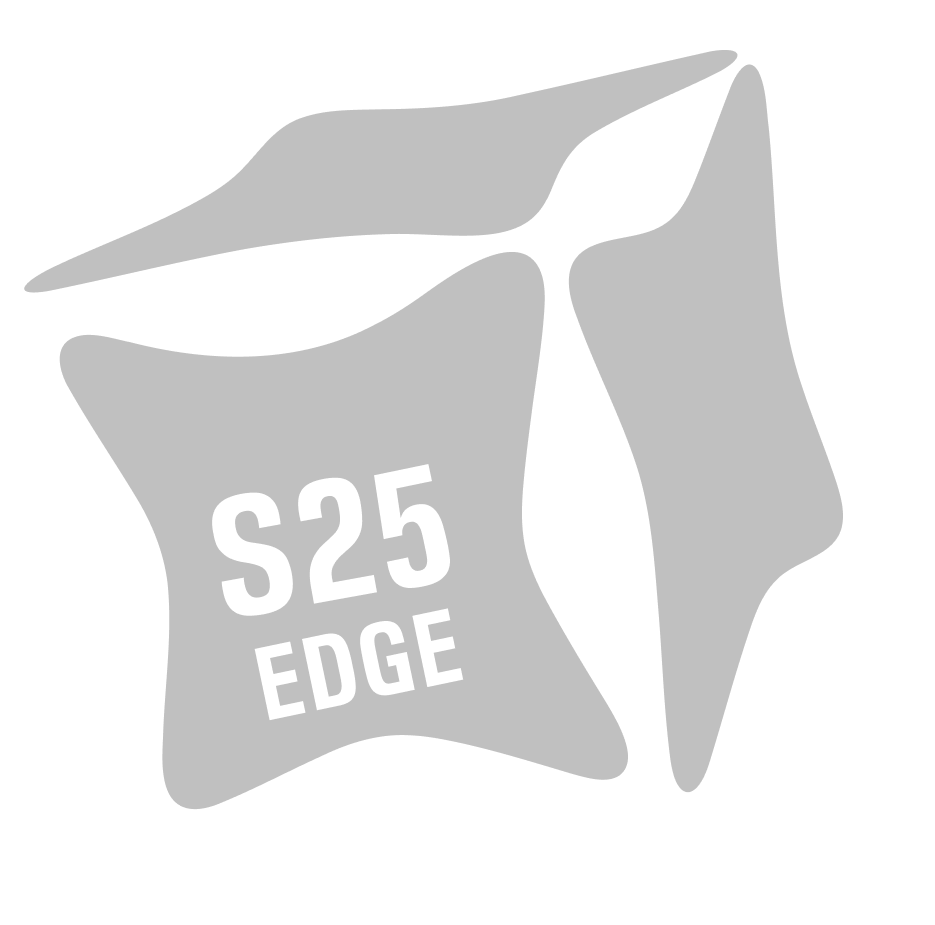

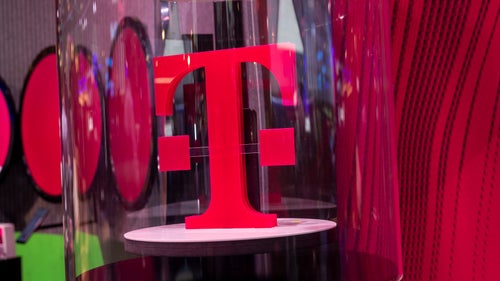
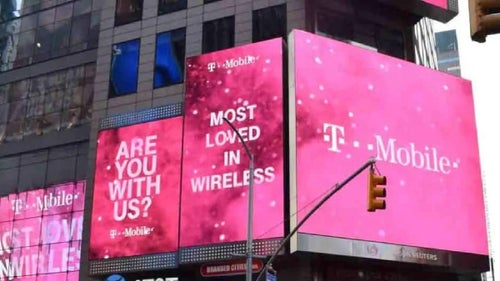
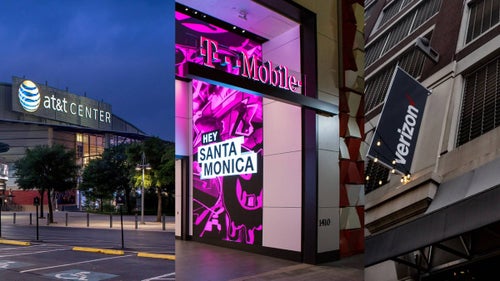
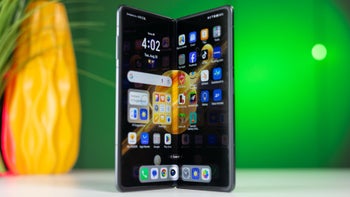
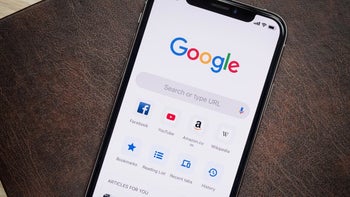
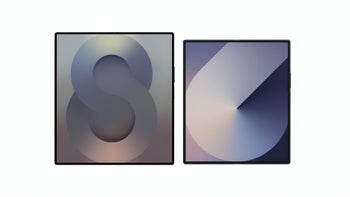
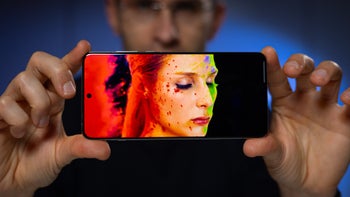


Things that are NOT allowed: